Fluorescent lights for seed starting
Donald V Zone 6 north Ohio
last month
Related Stories
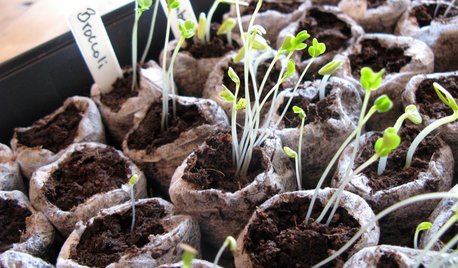
WINTER GARDENINGYour Essential Seed-Starting Glossary
Before starting plants from seed indoors, learn these common horticulture terms
Full Story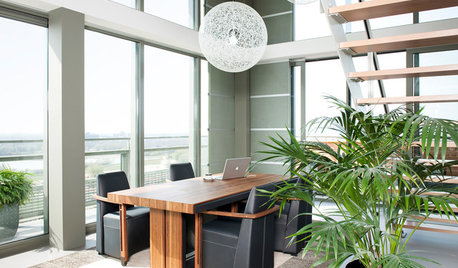
HOUSEPLANTSMeet a Palm That's Fine With Fluorescent Light
Get the look of the tropics without the full-on sun and high humidity — parlor palm tolerates regular indoor conditions with aplomb
Full Story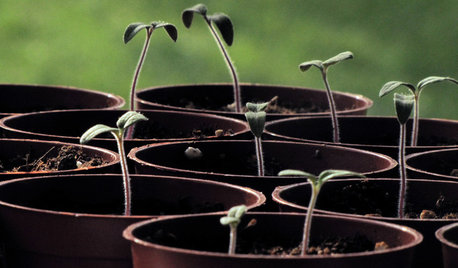
EDIBLE GARDENSPlanting Time: Get Your Garden Started With Seeds
You can get an early gardening fix — and save money too — by starting seedlings in the warm indoors
Full Story
GARDENING GUIDESSeeds or Seedlings? How to Get Your Garden Started
Growing delicious herbs and vegetables starts with knowing your goals and when you want to plant
Full Story
CONTAINER GARDENS8 Easy Container Plants to Grow From Seed
Get beautiful blooms and herbs in summer by starting these choice garden picks from seed in spring
Full Story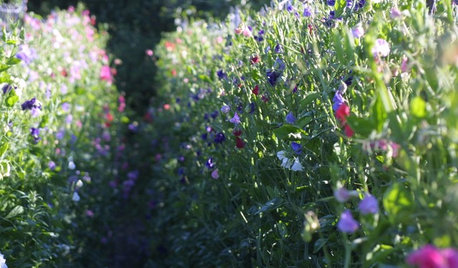
GARDENING 101How to Start a Cut Flower Garden for Beautiful Bouquets All Year
Flower farmer Erin Benzakein shows us how to grow fresh seasonal flowers the most satisfying way: by seed
Full Story
GARDENING GUIDESHow to Plant a New Lawn From Seed
Choose from more grass varieties and save money over sod by starting your lawn from seed
Full Story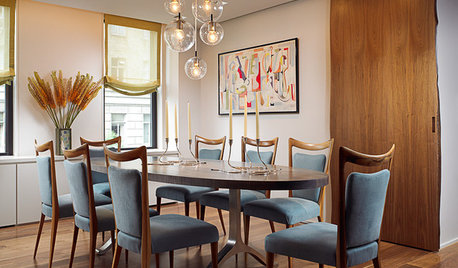
HOW TO PHOTOGRAPH YOUR HOUSE7 Pro Lighting Tips for Budding Home Photographers
Learn how to control daylight and artificial light to get high-quality home photos even if you're just starting out
Full Story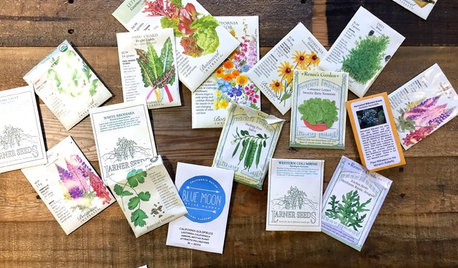
GARDENING GUIDESMaking Sense of a Seed Packet
These small envelopes offer a surprising amount of information for a gardener
Full Story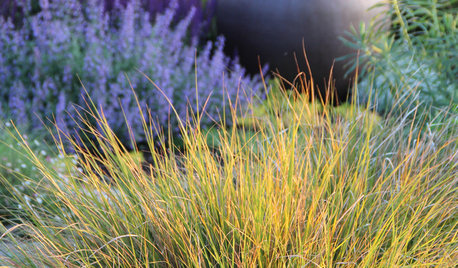
LANDSCAPE DESIGNAdd Softness, Light and Movement With Ornamental Grasses
12 design ideas for using grasses in your fall landscape
Full StoryMore Discussions






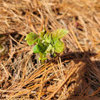
Donald V Zone 6 north OhioOriginal Author
tsugajunkie z5 SE WI ♱
Related Professionals
Prairie Ridge Landscape Architects & Landscape Designers · Woodinville Landscape Architects & Landscape Designers · Lakeland Landscape Contractors · Anderson Landscape Contractors · Cliffside Park Landscape Contractors · New Braunfels Landscape Contractors · North Plainfield Landscape Contractors · San Bruno Landscape Contractors · The Villages Landscape Contractors · Camp Springs Landscape Contractors · Clearfield Landscape Contractors · Brea Driveway Installation & Maintenance · Gurnee Driveway Installation & Maintenance · The Woodlands Driveway Installation & Maintenance · Winston-Salem Driveway Installation & Maintenancedaninthedirt (USDA 9a, HZ9, CentTX, Sunset z30, Cfa)
mxk3 z5b_MI
Donald V Zone 6 north OhioOriginal Author
mxk3 z5b_MI
daninthedirt (USDA 9a, HZ9, CentTX, Sunset z30, Cfa)
mxk3 z5b_MI
daninthedirt (USDA 9a, HZ9, CentTX, Sunset z30, Cfa)
Donald V Zone 6 north OhioOriginal Author
mxk3 z5b_MI
daninthedirt (USDA 9a, HZ9, CentTX, Sunset z30, Cfa)
mxk3 z5b_MI
kevin9408
daninthedirt (USDA 9a, HZ9, CentTX, Sunset z30, Cfa)
mxk3 z5b_MI
daninthedirt (USDA 9a, HZ9, CentTX, Sunset z30, Cfa)
Donald V Zone 6 north OhioOriginal Author
daninthedirt (USDA 9a, HZ9, CentTX, Sunset z30, Cfa)
kevin9408
Donald V Zone 6 north OhioOriginal Author